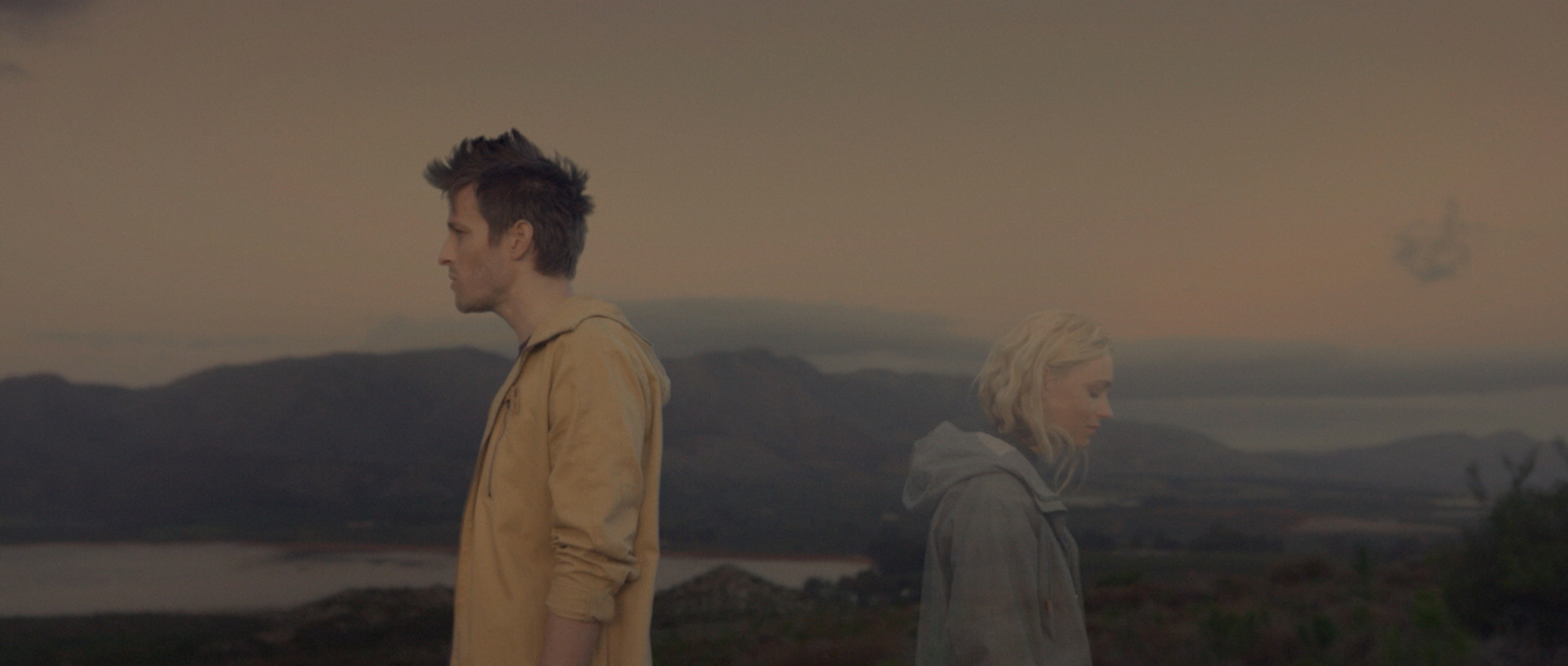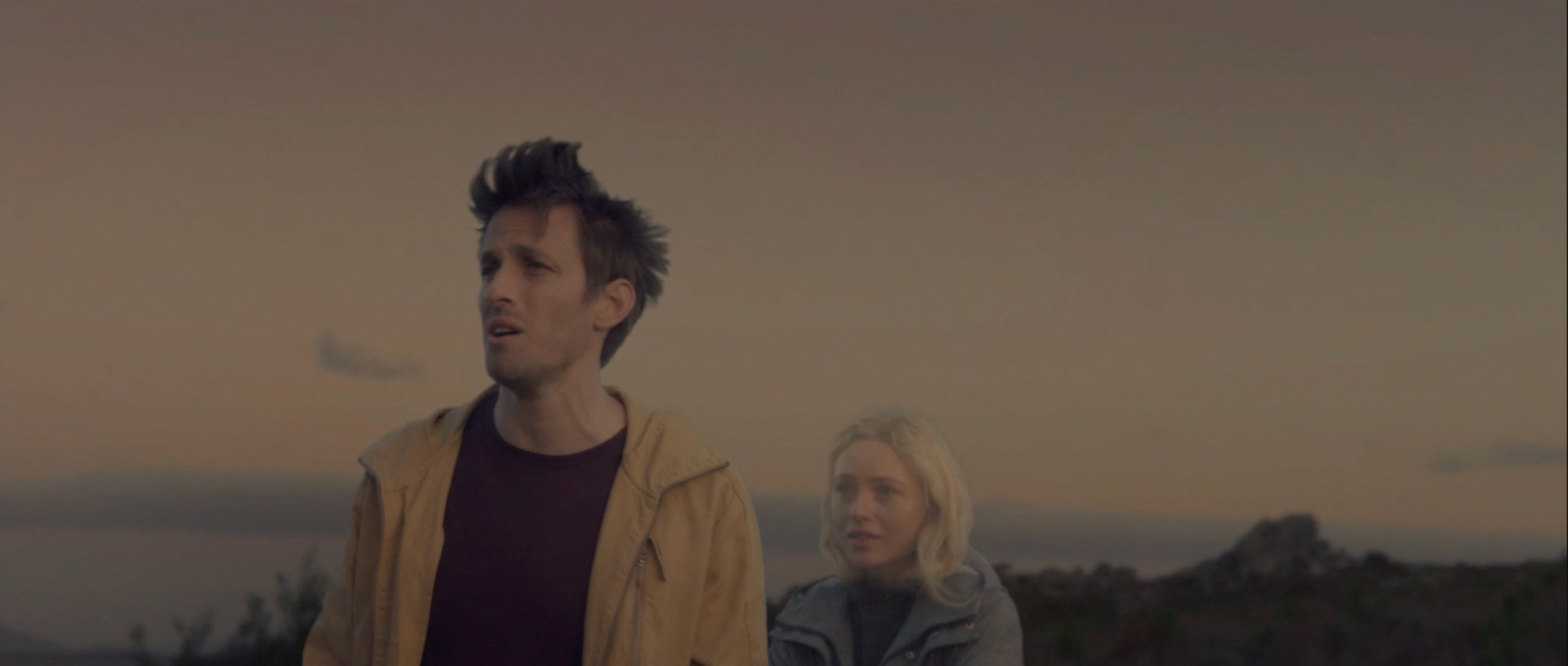
In the midst of romantic relationships we often feel that the object of our affections will forever be seared into our very souls, only to find them fading from our mind’s eye once things come to end. Wanting to express this gradual emotional evaporation in his music video for PHFAT’s break up track Catherine, Cape Town based Director Rob Smith overcame budgetary and technical limitations to tell this heartbreak story in one continuous circular shot. Watch Catherine below and then read how Rob and his team devised a jury-rigged motion control system which could make the concept a reality.
Mike Zietsman (PHFAT) and I had worked on two music videos previously, so in March 2018 when he showed me a rough sketch of Catherine, the conversation to get to the concept was a very open, honest and long one. Months long, in fact. The track itself was a lot more commercial and romantic than anything PHFAT had done before, so there was a big incentive to do something completely different with the music video too.
The song is about heartbreak, very much a break-up track, and for me, the idea of someone disappearing from your life, not only physically, but also as a memory is what felt most fitting; holding on to it for as long as you can, but realizing when it’s time to let go:
“Hold me in your prayers girl, it’s time for me to go”
After very many brainstorming sessions, countless voice notes, and months of listening to the track on repeat, we ended up settling on the idea which came to be, which was actually one of the earliest ideas which I discarded, as I thought it would be impossible with the restrictions we had.


The concept itself was simple – one shot of Mike standing in an expansive landscape across from a girl (his actual girlfriend, Emma). The two stare at each other as Mike sings, and, most importantly, the girl gradually disappears from the beginning to the end of the song as the camera rotates around them. Although the idea was simple, the execution would be anything but.
There was a big incentive to do something completely different with the music video.
Working with a $1000 budget, I told Mike I would see what I could do, do my research, etc. but that motion control – the only way to achieve what we wanted, is an incredibly expensive thing to pull off. I couldn’t make any promises. Oh, and he suddenly had to have the music video in 3 weeks time.
After attempting to contact the very few people in South Africa who have larger motion control rigs, and pleading for a favour, I soon realized this was a dead end, but there was hope! I then met up with a local filmmaker, and timelapse expert, Rory Allen, who had a 4 axis rig which could hold a RED, the eMotimo Spectrum ST4 with Dana Dolly. This system has 4 axis which you can control. We used pan, tilt, zoom and the Dana Dolly; a motorized cart which runs on a belt system to pull the cart along a straight rail or dolly system. This would be ideal, except we needed to move along a massive circular track, which would mean that the belt system wouldn’t work.

From this point, I then approached my multi-talented DOP, Kirk Morgan, who, along with Rory, came up with an efficient (and cheap!) way to adapt the Danna Dolly motor which runs on the belt to instead run a wheel which would go on the inside of the circular track. The idea is that the stepper motor knows where it is in space depending on how many rotations it does and thus as long as the drive wheel does not slip the rig would then work seamlessly. Kirk made this adaptation with a few bits of aluminum and some bearings on his apartment floor, with nothing more than a drill and a hammer.
Rory, Kirk and I then spent a day on a local rental company’s floor (Media Film Services), testing the rig with cardboard cutout stand-ins, to see how well it worked. It was definitely not a plug and play situation, but after some tweaking of speeds, accelerations, wheel and weight placements, we eventually got it in a decent place where it was within 3 frames of accuracy over 3 minutes and 36 seconds. It could work for what we needed, but it was still a risk, given we had to set this up in wind on the side of a mountain. We decided we would go for it.



The system has 9 key points, including middle and end, so we then plotted the points (position, focal length, tilt and pan) and I came up with basic movements for the actors in conjunction with that in After Effects – trying to maximize the framing – the space in between – this would later be enhanced by subtle reframing/zooming in post, thanks to us shooting on a Red Scarlet-W in 5k with a Canon 16-35mm 2.8 III L-Series Lens. I then recorded cues to add into the music for playback on set so that Mike and Emma knew exactly when to do what without me needing to shout/remember.
The idea of someone disappearing from your life, not only physically, but also as a memory is what felt most fitting.
The shoot took place on the 5th of April 2019 in Grabouw, just outside of Cape Town, South Africa. We set up and rehearsed for 5 hours, then waited for the sun to dip so that the light would be soft and even when we went for the takes. The way we shot it was in 3 plates: Mike alone with greenscreen behind him, Emma alone with greenscreen too, and then the empty background. We did two takes of each in 25 minutes – it was all there was time for with the light.






The 8×8 green screen was rigged on another dolly on the same track and had to be manually tracked to continuously cover the character being shot. This proved trickier than expected taking into account character movements, camera movement, focal change and of course wind. Nevertheless, Nic Eve (AD) took the reins on the dolly and had us covered, so to speak.
Although the idea was simple, the execution would be anything but.
Post production was a lot tougher than expected, surprisingly not because of the motion control – that actually lined up pretty flawlessly with some subtle tweaking – but because of the keying of the green screen, as the light changing on it as it went around in a circle was a nightmare to key – along with some erratic movements on Mike’s behalf going off the greenscreen. Kirk Morgan (DoP) took this task upon himself and eventually got it done, winning himself the prize of Man of the Match on the project.
Along with fantastic performances by both Mike and Emma Ellis Brown, we’re all really proud of how it came out.


